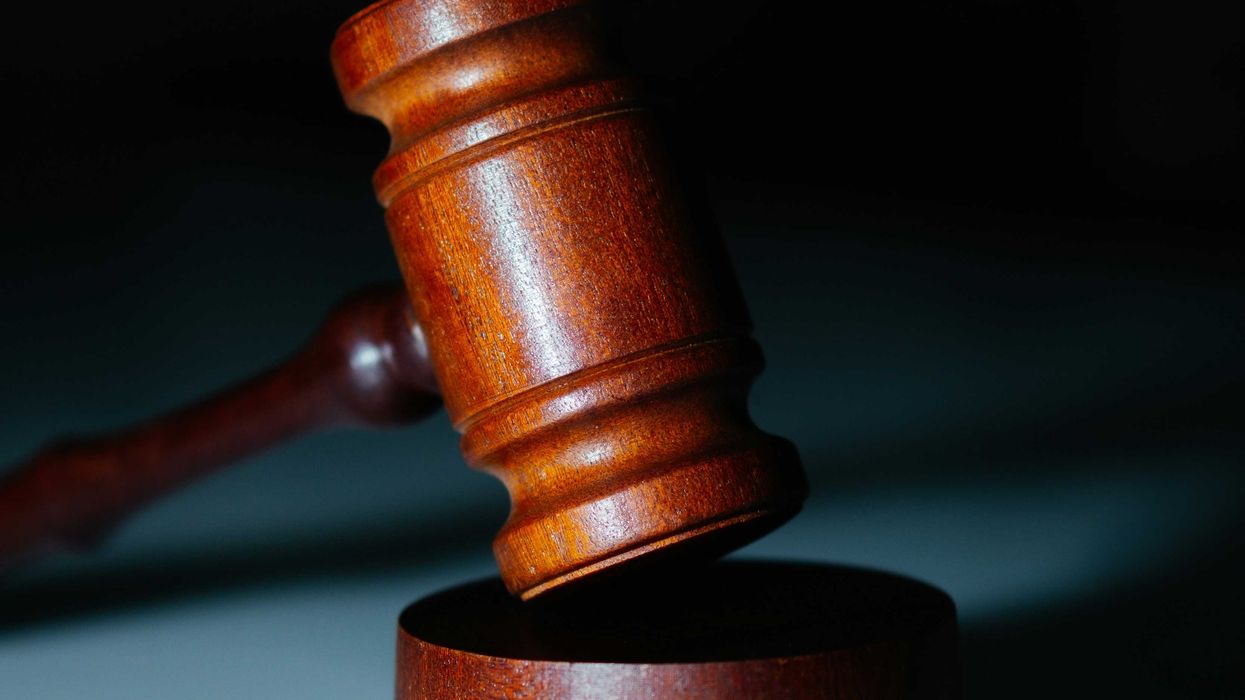Zaidane is the president and CEO of Millennial Action Project.
February is Black History Month — a time where we celebrate the accomplishments and triumphs of the Black community throughout American history. It is also a call to action, asking all Americans to be a part of the conversation about the pursuit of freedom and racial equity. These conversations can be challenging — as we know, in the United States, partisan and racial divides are complex.
However, bridging these divides is the only way to achieve meaningful and sustainable progress.
Take it from one of our young leaders in Arkansas:
“I’m the youngest African-American female elected in the General Arkansas Assembly. I have to work across the partisan and racial lines to get things done. … It’s my mission every year to see who I have nothing in common with. … I work on a bill with them, and [the bill] is going to be something meaningful.” — Rep. Jamie Scott
In December, Scott was the recipient of the Millennial Action Project’s Rising Star Award, presented each year to two young state legislators who demonstrate outstanding achievements in building bridges within their legislature. Scott, a Democrat in a super-majority Republican General Assembly, was nominated by Republican Rep. Aaron Pilkington for her tenacious approach to inclusive proble- solving. Together, Scott and Pilkington lead the Arkansas Future Caucus, which convenes young legislators to find consensus and take action on issues that disproportionately impact younger generations.
Too often in policymaking, it can seem like a win-or-lose situation, yet it's this “scarcity mindset” that often leads to winner-take-all results.
Scott, through her tremendous leadership, has modeled a new style of politics — one that rejects the scarcity mindset and embraces a mindset of abundance. In practice, Scott centers communities of color in her solutions, and works with people across racial and partisan divides to ensure that they can cocreate better outcomes for all. What a diversity of leaders within the MAP network, like Scott, have shown us is that collaborative policymaking can be a win-win.
Scott’s attitude demonstrates that by working with unlikely allies — even members with whom you seemingly have nothing in common — you can create winning strategies to benefit all communities. This type of bridge-building gives other legislators a framework for more inclusive policymaking as well. It sets the example that there should be no fear in working together; rather, there are shared wins that come with collaboration.
Watch this in action:
The Millennial Action Project's Rising Star Awards (2021)www.youtube.com




















 Despite signing a mortgage that pledged he would live in each house, Trump listed both homes as rentals. Palm Beach Daily News via Newspapers.com. Redactions by ProPublica.
Despite signing a mortgage that pledged he would live in each house, Trump listed both homes as rentals. Palm Beach Daily News via Newspapers.com. Redactions by ProPublica.
 In 1993, Trump signed a mortgage for a “Bermuda style” home in Palm Beach, pledging that it would be his principal residence. Just seven weeks later, he got another mortgage for a seven-bedroom, marble-floored neighboring property and attested that it too would be his principal residence. Obtained by ProPublica
In 1993, Trump signed a mortgage for a “Bermuda style” home in Palm Beach, pledging that it would be his principal residence. Just seven weeks later, he got another mortgage for a seven-bedroom, marble-floored neighboring property and attested that it too would be his principal residence. Obtained by ProPublica
